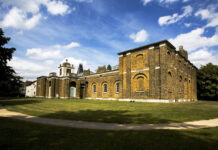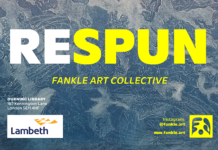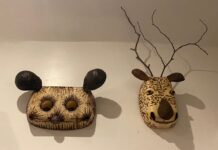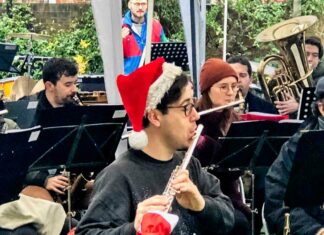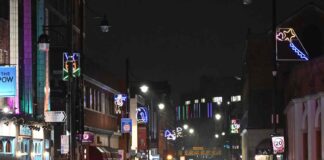Leslie Manasseh visits a violent but fascinating exhibition
Ribera: Art of Violence
Dulwich Picture Gallery
Until 27 January
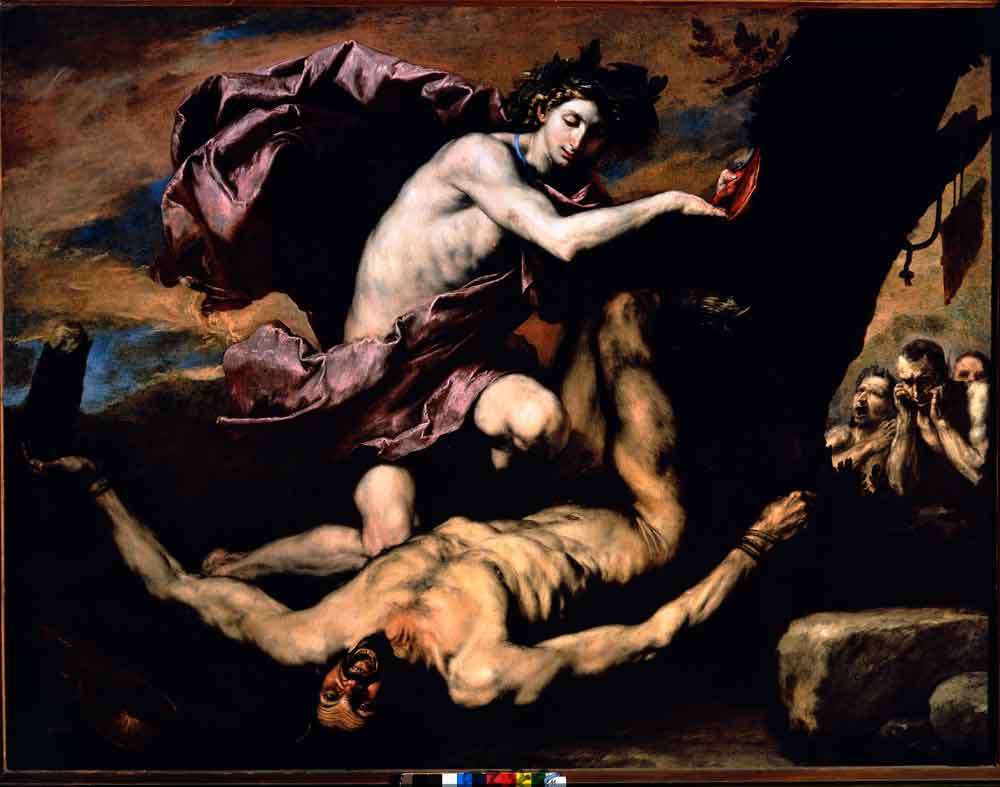
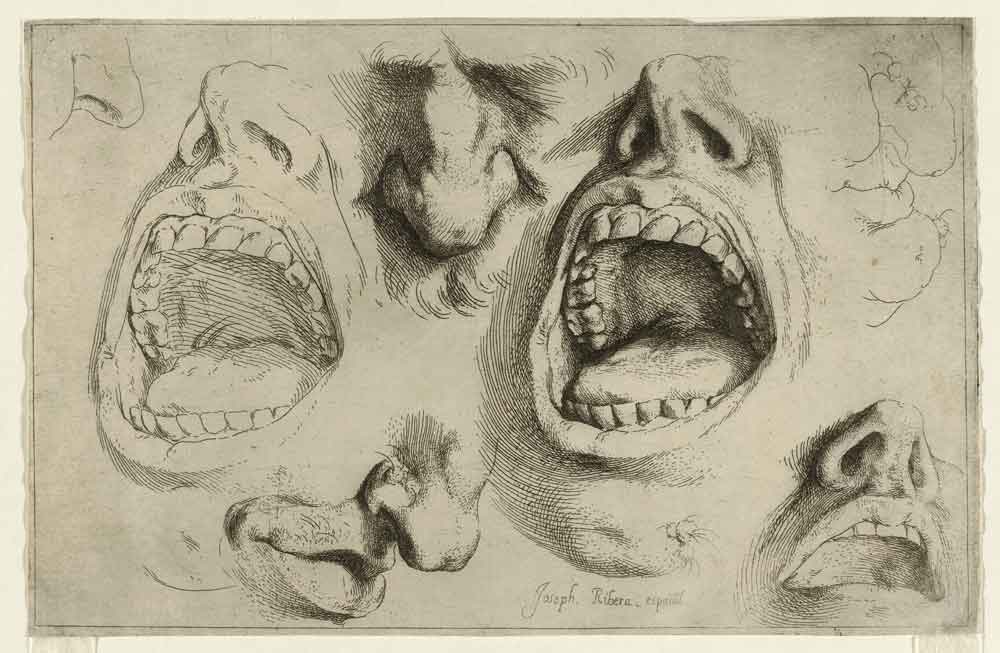
Seven years in the making, this carefully curated exhibition of the work of Jusepe de Ribera – the first in the UK – is a fascinating insight into the minds and lives of 17th century Neapolitans and an introduction to the work of a great painter.
Violence by the state was an everyday event. Religion was behind much of it. The interplay between the two is the subject of most of Ribera’s work.
The result is both aesthetic and forensic – beautifully rendered pictures showing, in gruesome detail, acts of horror and human suffering
The exhibition tells the story over five rooms; each focussing on a specific area of interest. It’s quite gruelling and you’ll need to pause for breath after some of the exhibits. But persevere. Because it is extraordinary.
Religious violence in the form of the martyrdom of Saint Bartholomew opens the show. As the saint awaits his grisly death, the knife sharpener and executioner leer out at the viewer. It is a powerful piece which echoes Caravaggio’s use of light and dark to highlight the male anatomy, but illustrates some particular touches, such as Ribera’s obsession with the texture of skin.
The stark brutality of the two major canvases in this room is genuinely shocking.
The next room is about skin and the five senses, revealed in some extraordinary pieces. At the centre is gruesome slow reveal – a painting of a man holding a knife and what looks at first like a cloth. Only when you see a man’s head attached to the “cloth” do you realise that it is the skin of someone flayed alive.
Shortly after that horror, you see from his immobile stare and the way the figure is rendered, that it is Saint Bartholomew holding his own hide. He is the one who has been flayed. Suddenly you can see and almost feel his pain.
The various anatomical drawings are less arresting and certainly more prosaic, but deserve close attention for their extraordinary detail. Ribera’s fascination with anatomy, torture and suffering was not merely prurient or sadistic. It was, in part, driven by an almost scientific interest in the processes and textures. It was also driven by a desire to record the world he saw around him – to force his audience to confront the realities of the age.
That torture was an everyday occurrence is starkly illustrated in the next room where a large canvas – by an unknown but contemporary artist – shows Neapolitans going about their daily business while a man hangs by his wrists from a strappado – a particularly unpleasant torture device. Life was cheap and death as hum drum as shopping for bread. Next is a series of exquisite small drawings of “the bound man” – more examples of human suffering, perfectly rendered in red chalk.
The final room contains perhaps Ribera’s greatest masterpiece. Depicting a violent story from classical mythology, this shows the helpless satyr Marsyas being flayed alive by the god Apollo for daring to challenge him to a musical contest. You will get drawn into the grisly detail as your eyes move round the painting to read the brutal story. It’s a swirling, dynamic, awesome work and a fitting end to a fascinating exhibition.
The exhibition rums until 27 January 2019 in Dulwich Picture Gallery, Gallery Road, SE21 7AD, open Tuesday – Sunday 10am – 5pm. 020 8693 5254

